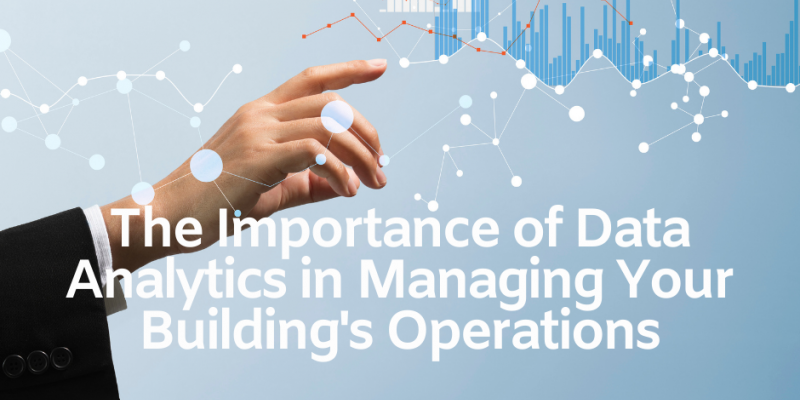by Max Pharaon, BuildingLink Canada
Are you considering creating a sustainability plan to reduce your building’s carbon footprint and reduce energy costs? Are you thinking about implementing an efficient and safe usage of amenities?
From simply updating your lighting to LED to replacing all your windows…the options are endless, costly and overwhelming all without knowing if it resulted in overall savings to your budget or if these changes had any significant impact on reducing your carbon footprint.
So where do you begin? Ideally it all begins with data, real and actionable data that provides you with your building’s baseline performance. Data analytics plays a pivotal role in property management and the more data you collect, the better your ability to understand how your building’s critical assets and amenities are used. Data analytics is the process of examining raw information and uncovering patterns that will lead to driving operational changes and improve efficiencies.
So where does this data come from? Raw data is collected from the existing systems such as your HVAC, the building’s utility meters and more recently IoT device sensors (Internet of Things-connected devices). This data is then run through a software engine that analyzes the data and presents it in a meaningful format to humans. The collected data is now used to create your baseline which is used to support you on what changes may be necessary that will have the biggest impact in reducing energy consumption and reduce your building’s carbon footprint.
I recently installed a smart thermostat and IoT sensors throughout my home and I was able to leverage the data collected to adjust how I heated my home in a more efficient manner and realized a 30% reduction in my heating bill which over 6 months will pay for my investment.
What else?
You will be able to see trends and patterns allowing you to create efficiencies within your building’s day to day operations, including:
- Creating an efficient and predictive maintenance strategy that helps reduce breakdowns and downtime saving you thousands of dollars.
- Effectively managing occupancy in common areas such as the fitness facility or meeting rooms allowing you to control when to heat, cool and clean.
Property and Strata managers can track an entire building’s portfolio, condition, effectiveness, and utilization of the critical assets and amenities in a much more pragmatic way. As a bonus you can benchmark your buildings performance against other similar buildings with this data. You are now well on your way in creating a long-term sustainability plan; while providing a healthier, flexible and more effective environment for your tenants.
To accomplish this, you will need to introduce new and supportive technologies. Such as Property Management Software with a Data Analytics Engine. Multi-purpose IoT devices that measure environmental, space occupancy, water flow and leak detection.
And when all is said and done, you can say with conviction, our building has significantly contributed to reducing the carbon footprint and supporting the Canadian Governments goals towards 2030 NetZero.

